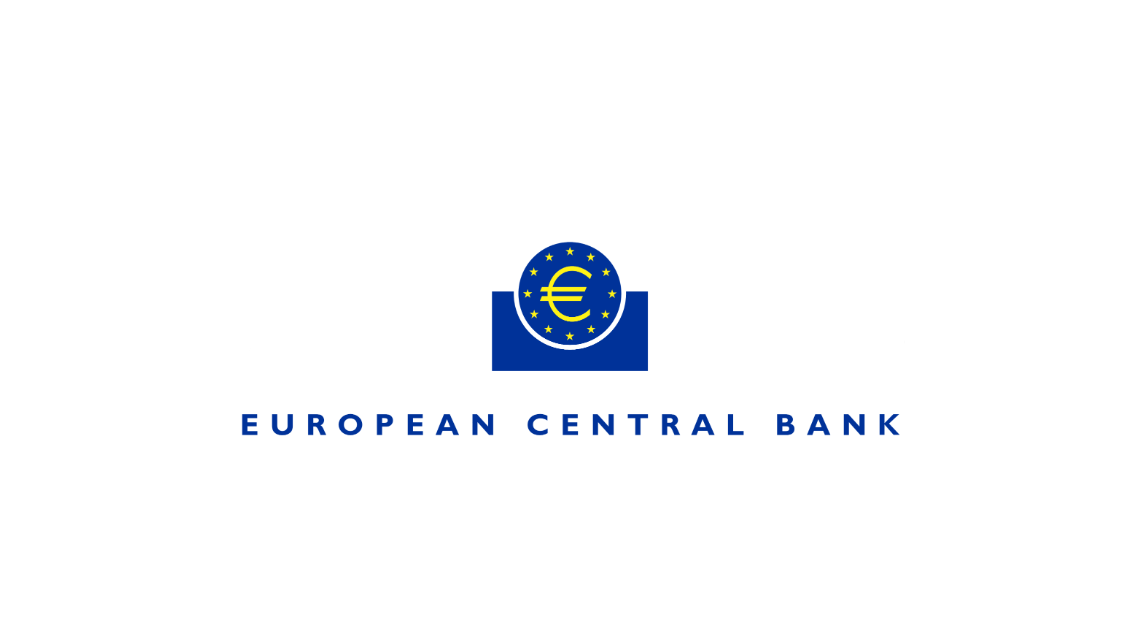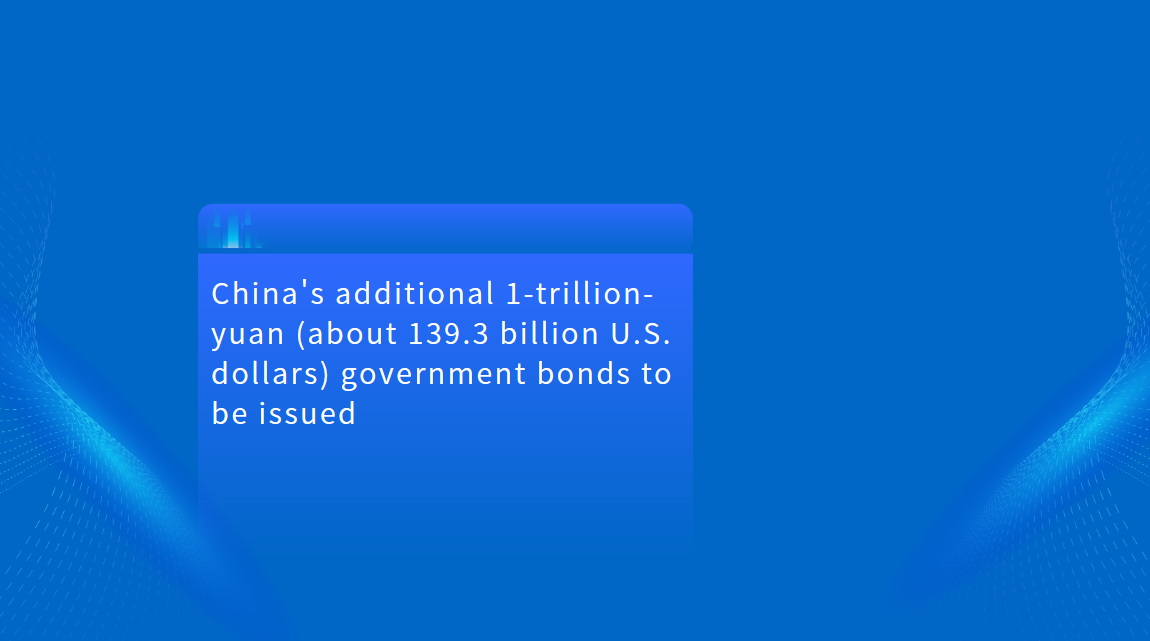China Eases Equity Investment Restrictions for Insurance Funds to Bolster Economic Growth
In a decisive policy move announced on April 8 by China's financial regulatory authority, the National Financial Regulatory Administration (NFRA) has raised the cap on equity investments made by insurance funds. This adjustment, disseminated through an official circular and detailed notifications on the NFRA website, marks a significant regulatory overhaul aimed at broadening investment channels for insurance funds and reinforcing their role as a reservoir of long-term, patient capital for the real economy.

Expanding Investment Horizons
The new measures are strategically designed to facilitate a greater flow of equity capital into key sectors, particularly those deemed vital for the nation's economic transformation. By increasing the permitted ratio for equity asset allocations, the NFRA intends to not only enhance the investment capacity of insurance companies but also provide substantial support for the country's strategic emerging industries. These industries—considered the vanguard of modern economic development—stand to benefit from a more abundant and flexible supply of long-term capital.
Specifically, the adjustment relaxes the equity asset constraints based on varying levels of solvency. For instance, insurance companies with a combined solvency ratio below 100% will now have an equity asset allocation cap of 10% of their total assets. This ceiling increases progressively: for firms with ratios between 100% and 150%, the cap is raised to 20%; between 150% and 250%, to 30%; between 250% and 350%, to 40%; and for companies boasting a ratio above 350%, the cap now extends to 50%. These calibrated tiers aim to align regulatory flexibility with the companies' risk profiles, ensuring that the expansion of equity investments does not come at the expense of financial stability.
Driving Strategic Investments and Venture Capital Involvement
Beyond merely widening the equity investment space, the revised policy introduces measures that actively incentivize investment in venture capital and early-stage enterprises. Insurance funds are now encouraged to concentrate their investments in venture capital funds, with a stipulation that the allocation for a single venture capital fund must not exceed 30% of the fund's paid-in capital. This targeted approach is designed to channel capital into sectors that promise high returns on innovation and technological advancement, mirroring global trends where venture capital plays a pivotal role in incubating nascent industries.
Moreover, the regulatory adjustments extend to the realm of tax-deferred pension products. The notification clarifies that ordinary accounts under tax-deferred pension insurance schemes will no longer be subject to separate calculations for investment proportions. This change is expected to bolster the third pillar of pension systems, thereby contributing to a more resilient and diversified framework for retirement planning.
Implications for International Investors and Business Professionals
For global finance professionals, particularly those operating within the banking, investment, and advisory sectors, these reforms present both opportunities and areas for cautious exploration. The easing of equity investment restrictions signals a more open and dynamic Chinese capital market, paving the way for increased cross-border collaboration and capital flows. International investors may find enhanced prospects for partnering with local firms in China's burgeoning strategic sectors, thereby gaining access to innovative growth engines powered by robust governmental support.
Furthermore, professionals in international trade, legal advisory, and accountancy will appreciate the regulatory clarity provided by the NFRA's announcements. The nuanced, tiered approach to risk management alongside the incentives for venture capital investment reflects a sophisticated understanding of market dynamics and economic policy. As China continues to refine its financial regulatory framework, non-Chinese business communities can expect a more transparent and stable environment conducive to long-term investments.
Scholarly and Industry Perspectives
Leading economists and industry experts have underscored the significance of such regulatory adjustments. Academics point to the role of "patient capital" in mitigating short-term market volatilities and driving sustainable economic growth. The policy’s emphasis on aligning capital allocations with solvency ratios is seen as a balanced effort to support innovation without compromising the resilience of the insurance sector. This approach not only strengthens the domestic financial architecture but also aligns with global best practices, thereby offering reassurance to international stakeholders about the robustness of China’s market reforms.
Real-world cases have demonstrated the effectiveness of such measures. For example, prior initiatives aimed at enhancing equity investments have previously led to increased funding for technology startups and green energy projects. These success stories illustrate how an infusion of equity capital, when properly regulated, can catalyze transformative changes in both traditional industries and emerging sectors. For non-Chinese investors, these developments hint at promising opportunities for co-investment in projects that transcend geographical boundaries, further integrating China into the global economic fabric.























































First, please LoginComment After ~